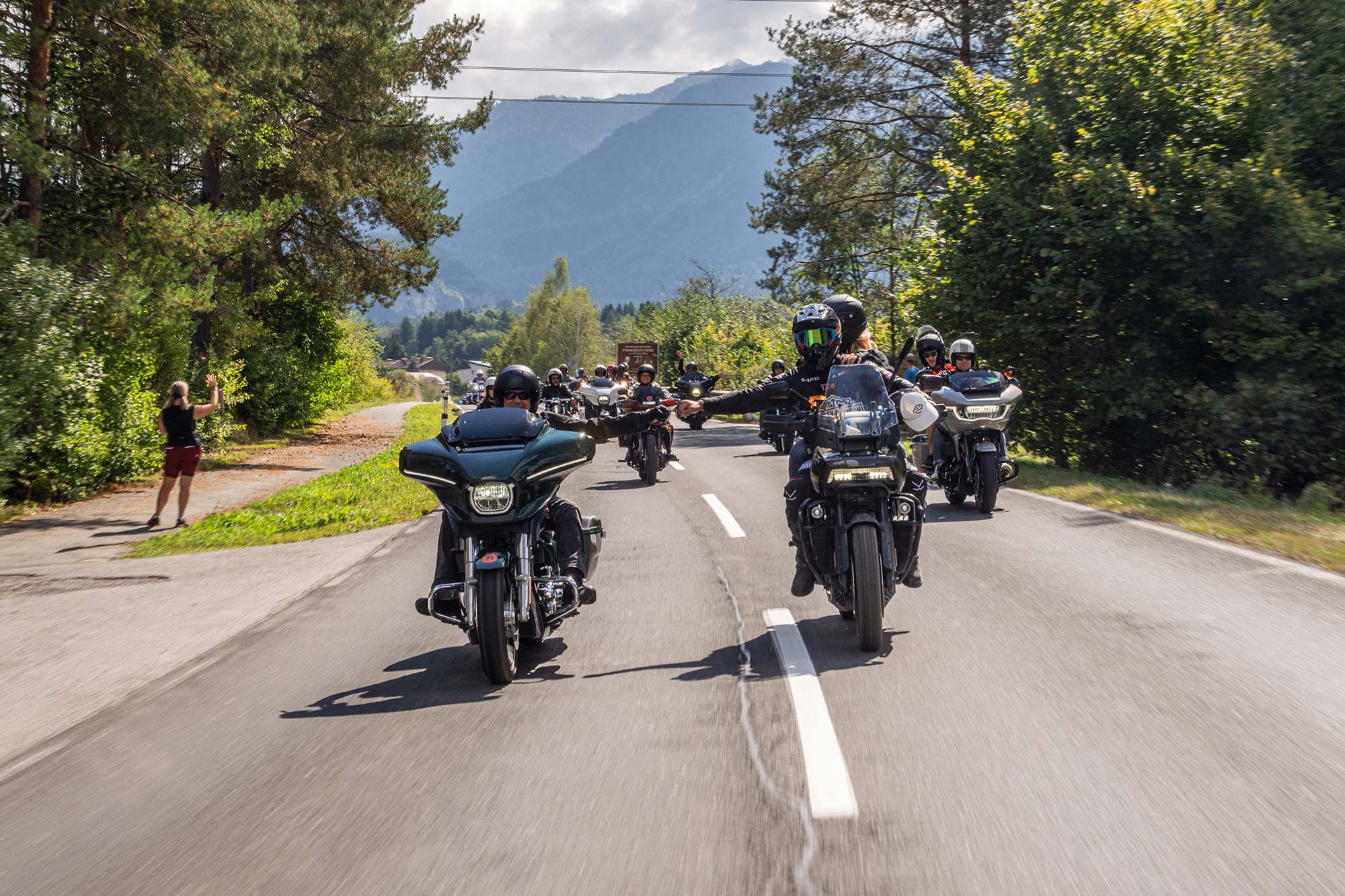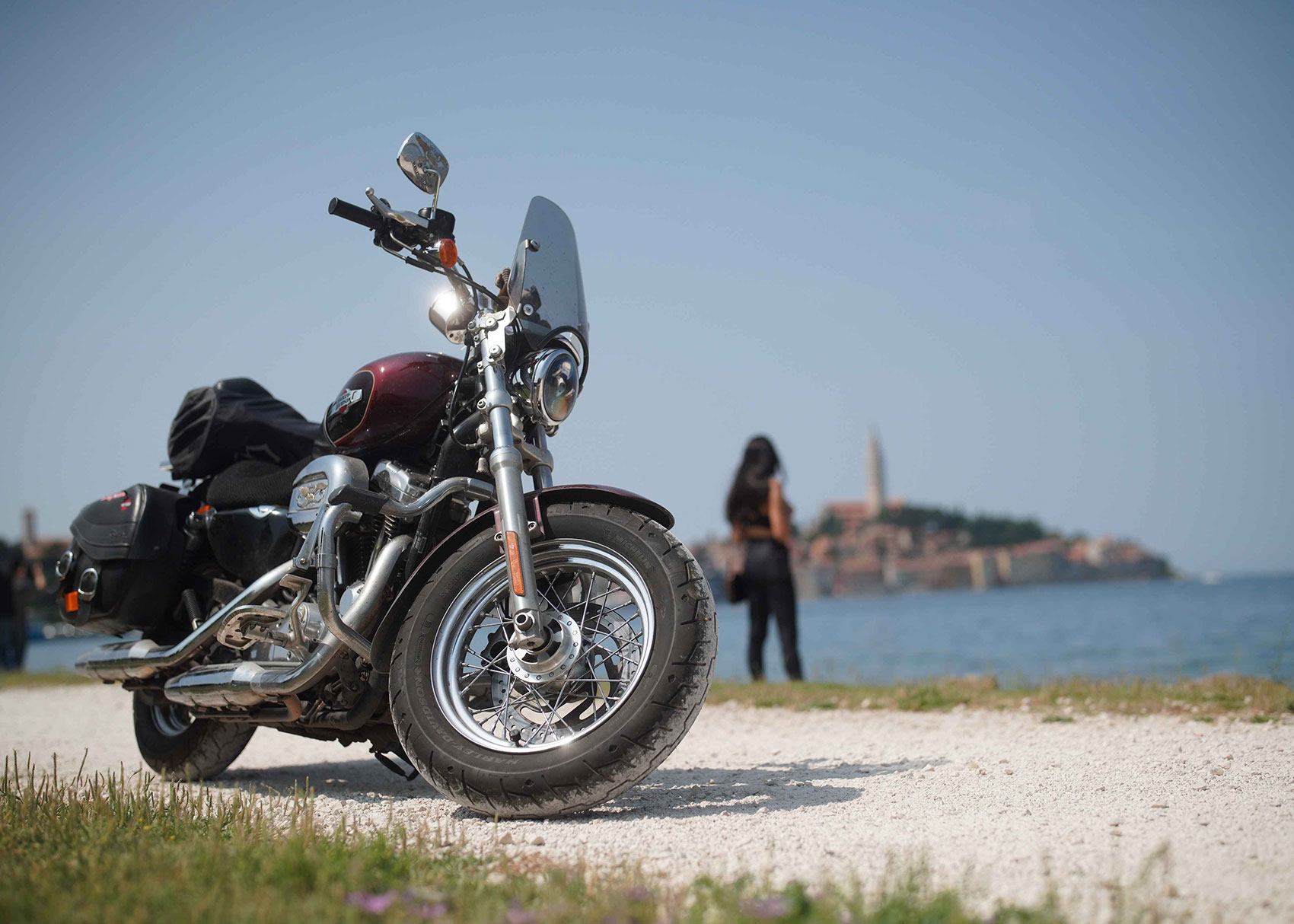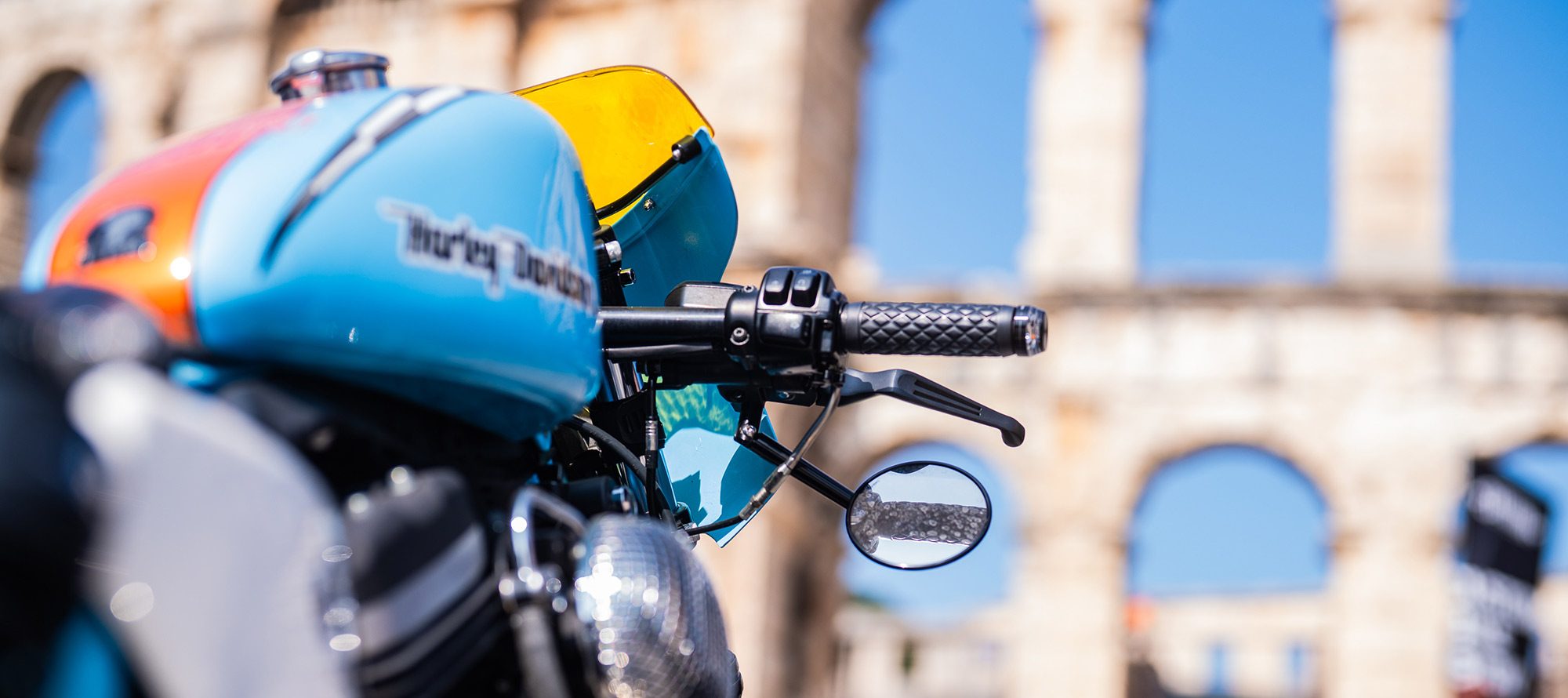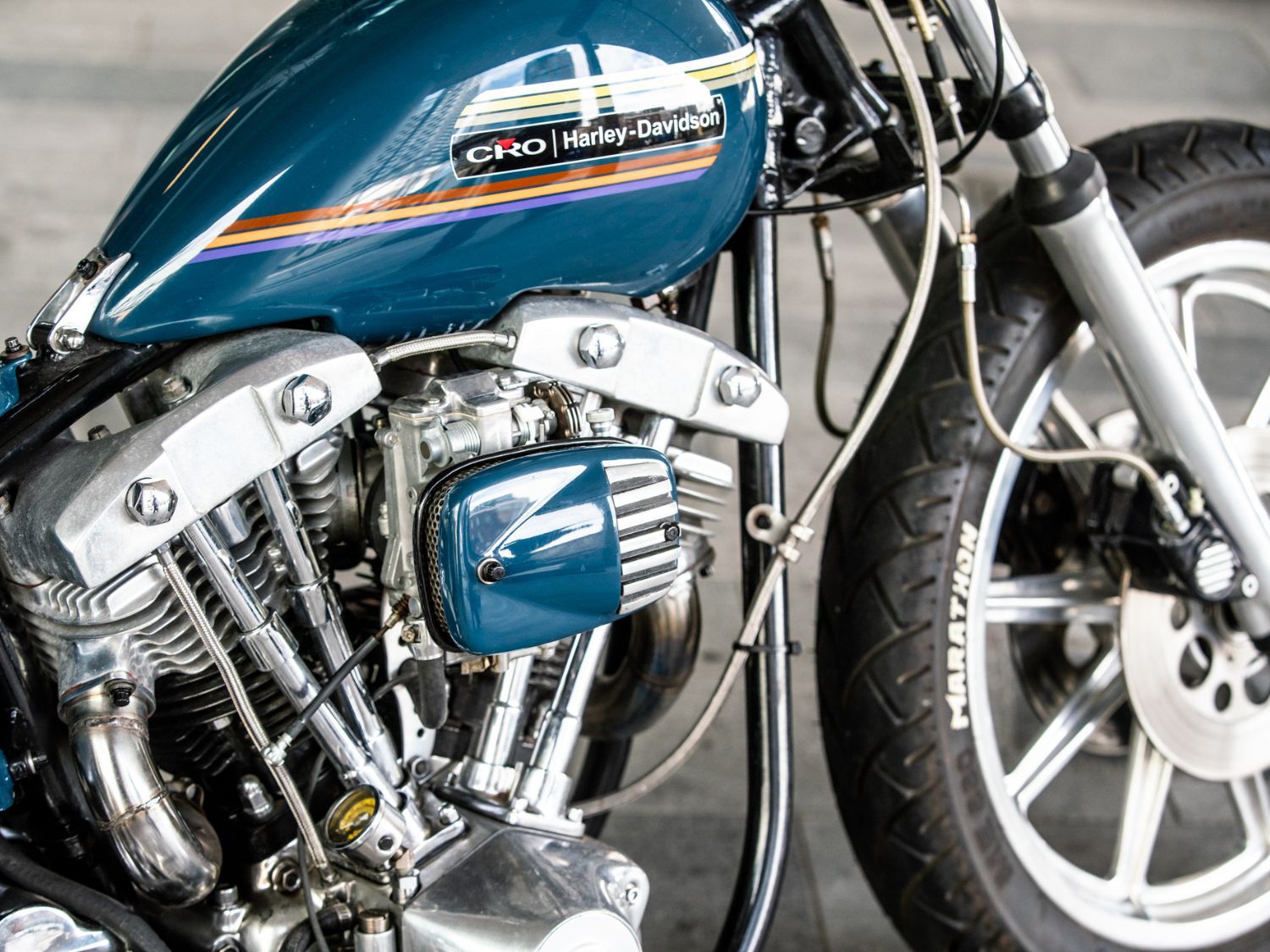
VINTAGE BY DESIGN
Adam Brinkworth runs one of the UK’s most successful design companies. When the work stops, riding and racing his vintage Harley‑Davidson® motorcycles begins…
PHOTOS BY SAM CHRISTMAS
For those not working in the design industry, the name Brinkworth may not be familiar. But Adam Brinkworth’s eponymous design company has designed and constructed retail spaces, galleries and events for blue-chip companies as well as some of the coolest brands around. And when the designing stops, founder and CEO Adam loves nothing more than riding, racing or wrenching on his collection of Harley- Davidson motorcycles.
Based in East London, Brinkworth has grown from a modest design consultancy founded in 1990 to a company of 50 people with offices in the UK and the US, covering a range of disciplines from architecture to interior design and completing projects for companies from Facebook, Adidas, Google and Samsung to challenger street brands like the skate-influenced Supreme, Converse sneakers and Stüssy clothing.
Street style and culture from skateboarding to motorcycling has been part of Brinkworth’s DNA from the very beginning, and their influence can be seen everywhere – from the suspended skateboard bowls installed inside Supreme’s San Francisco store and Selfridges Oxford Street flagship, to the contemporary gothic feel of cult jewellery brand The Great Frog’s revamped Shoreditch retail space.
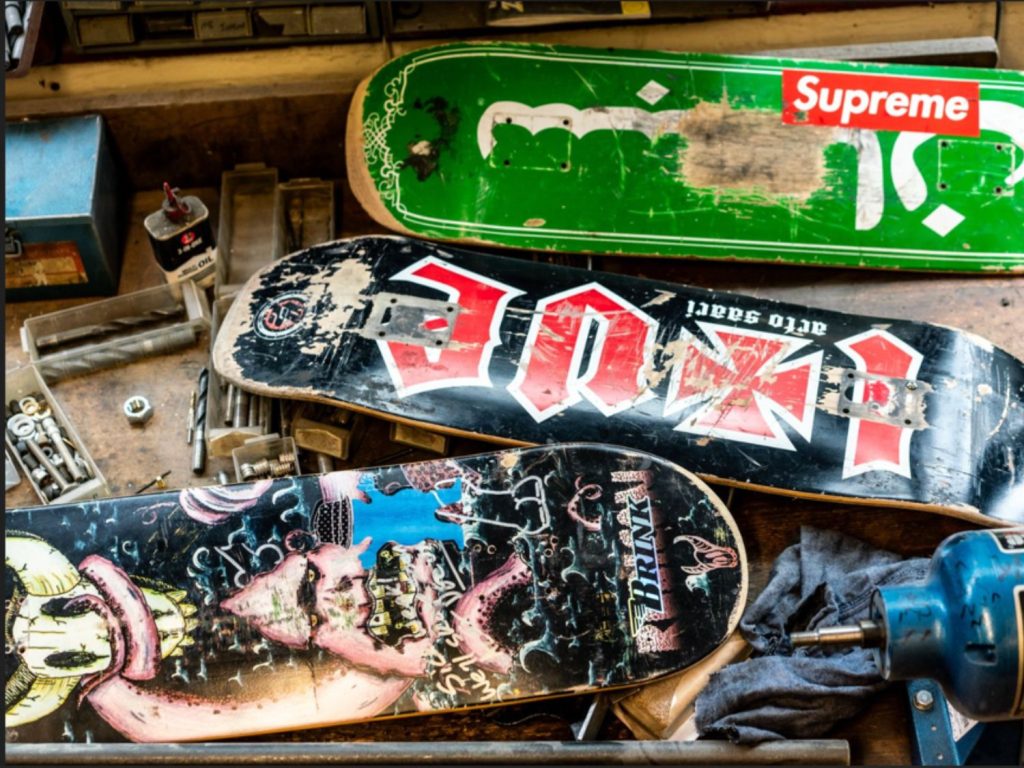
It’s hardly surprising then that motorcycles, and Harley- Davidson in particular, have been a major influence on Adam Brinkworth himself as well as his design company.
“It all started when I met a crazy biker guy called Bill when I was a furniture designer working on my final year design project for the Royal College of Art,” recalls Adam. “He was in the workshop, always on the milling machine making engine blocks when I was trying to make furniture. He was a really ‘out there’ kind of guy and taught me some great lessons in life about thinking in a more free and easy way when it comes to design and aesthetics, as well as not taking life too seriously.
“A visit to Bill’s house had a huge influence on me. He had this huge workshop with all kinds of cool motorcycles stacked up, the walls were covered in isometric drawings of exploded engine diagrams and assembly drawings of Norton Featherbed frames, and the place smelled of old oil. I just thought, wow – this is the place.”
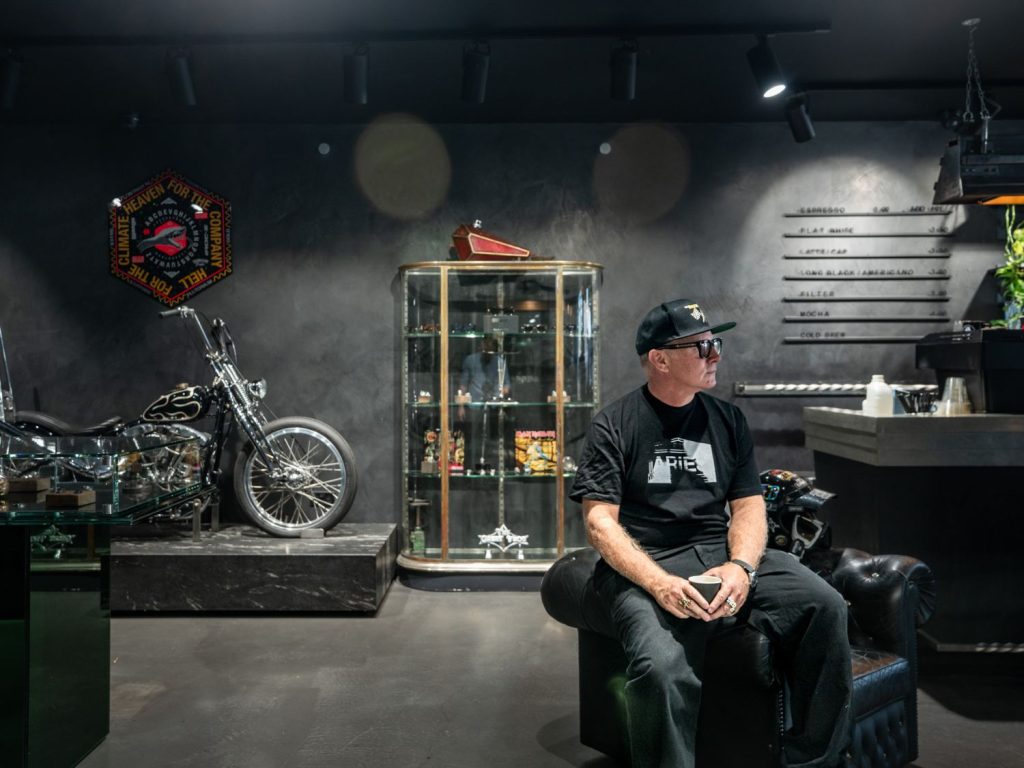
One of Bill’s projects that caught Adam’s eye was a Harley- Davidson WLC. Originally purchased as a spare Army surplus engine from Fred Warr in 1966, Bill had constructed it into a bike for his own Royal College of Art degree course in transport design. In keeping with the times, that first iteration of the little WLC was as “a kind of weird chopper” with a home-built Featherbed-style frame. By 1985, Bill had caught the On Any Sunday racing bug and converted the Harley® into a rigid-framed flat track bike.
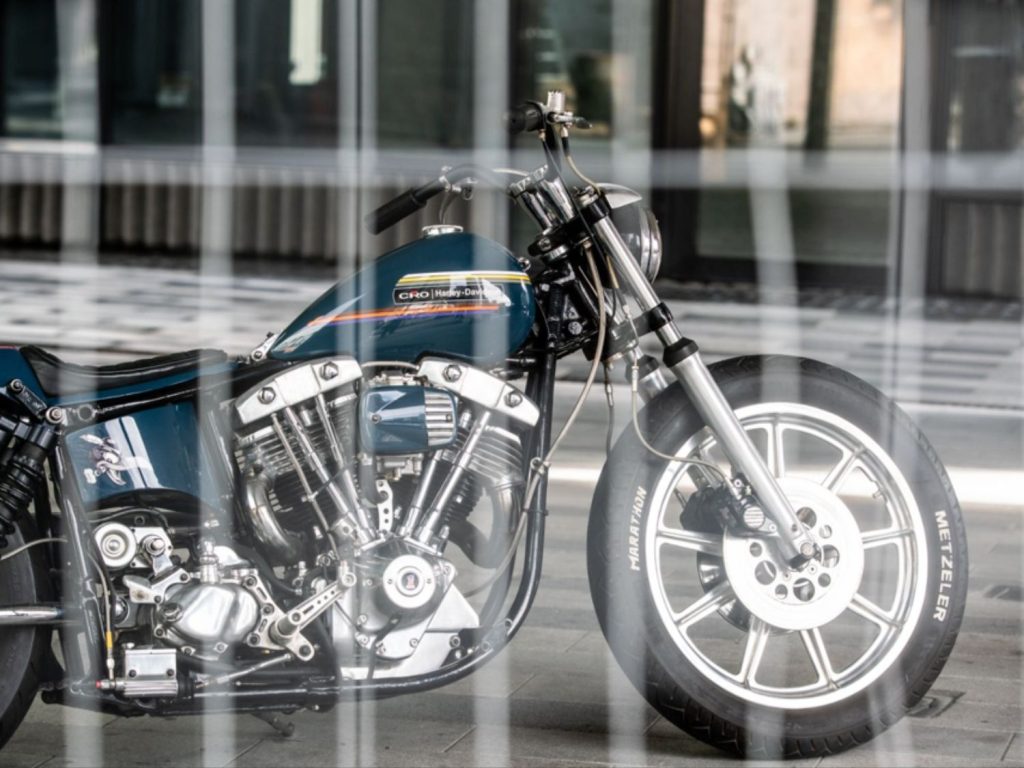
“I thought that bike had balanced proportions and looked so purposeful,” says Adam. “When he started it up, I thought it was even better! I persuaded him to sell it to me even though I couldn’t even ride a motorcycle at that point. I had it for a year or so, but I wasn’t mechanically competent enough at that time for a vintage bike, so I ended up giving it back to him. But by then I’d caught the motorcycling bug. A couple of big design projects had paid reasonably well, so I went out and bought a 200mph Ducati Desmosedici instead.”
Track days on the big Italian bike soon led to disillusionment. “I had a couple of bad crashes. Some of my friends around that time had got into vintage flat track racing with the Dirt Track Riders Association, so I went along on crutches to see them race and found it to be a hell of a lot more fun than road racing, and much lower speeds. By that time, my old friend Bill was in his 70s, so I talked him into selling me the WLC for a second time and started vintage flat track racing.
The Hooligan class had just been introduced, so I raced in that for a couple of years on the little Harley.” Passion easily leads to obsession, and with his design business taking off Adam soon found himself the owner of a collection of Harley-Davidson bikes. The WLC was joined by two Born-Free builds – a ’52 Panhead that won Born-Free 5 and a Sportster® built for Born-Free 4 – as well as a more modern flat track bike based on a Street XG750.
“I’d been following the Panhead build because I admired the design aesthetic of the builder, Scott ‘T Bone’ Jones [Noise Cycles],” Adam recalls. “Work was doing well, and for once I was in a position to treat myself to nice things, so I reached out to Scott and a deal was done. It’s a crazy bike, a ’52 Panhead with a ’62 frame, with an aluminium body designed to look like a cross between a café racer and a salt flat race bike. It’s an amazing thing, and I love the unconventionality and craftsmanship on it – it has a mad four leading shoe brake up front, and everything is exposed on the lefthand side, the riding position is crazy with low bars and high pegs, and it has a step-down kick back gearbox, so it has incredible presence. As a piece of design and construction, I absolutely love it.”
Street style and culture have been part of Brinkworth’s DNA from the very beginning
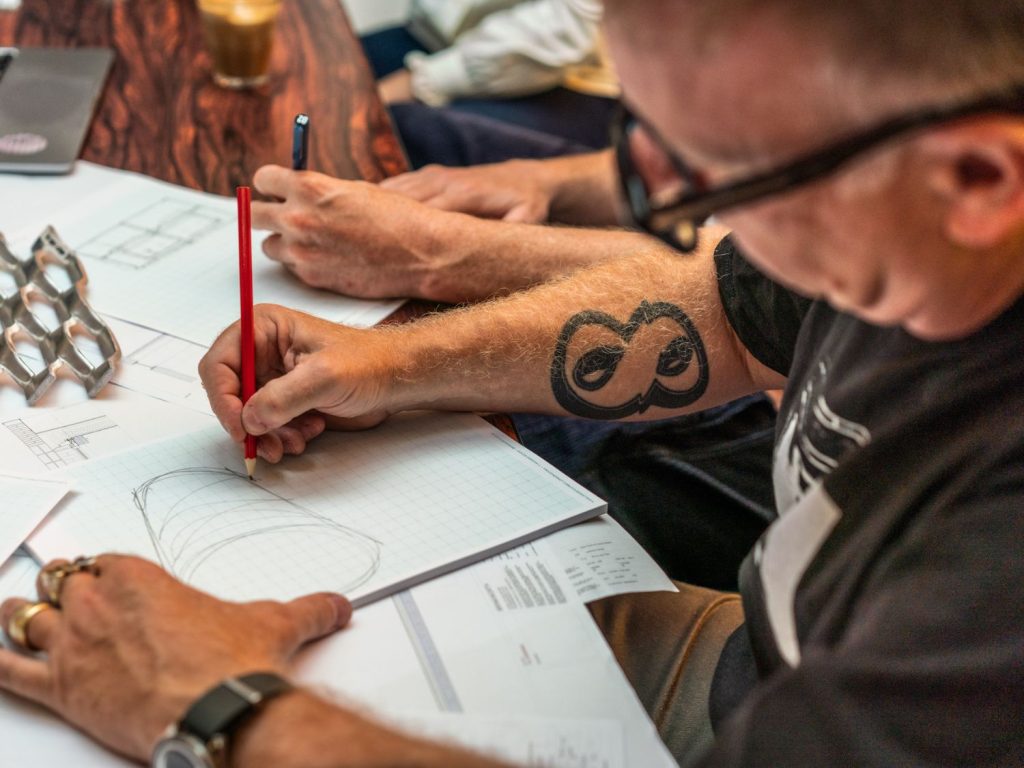
The Pan was soon joined by Born-Free bike number two, built by Andy Carter of Pangea Speed. Based on a 1975 XL Sportster, ‘Golden Dawn’ bears little resemblance to the original donor bike. The frame has been stretched and hardtailed, and the style has been influenced by the Japanese Bosozoku aesthetic, with key themes including a raised front fairing, king and queen chopper seat, mag wheels, and crazy metal-flake paintwork and pinstriping.
“I love that bike because it is such a mash-up of different styles, mixing different genres from different cultures. Very few people love the design, but everyone goes ‘what the f— is that?’ It’s a crazy kind of expressive design, a bit like those Japanese drift cars or the crazy customised trucks they run over there. It’s American chopper culture influencing Japanese design, then coming back to the US, so the end result is absolutely crazy sci-fi. It’s a really divisive bike, but I like it because of all the diverse influences and because it doesn’t look like any other motorcycle you’ve ever seen.”
With the bike due to be delivered to the UK, Adam had already entered it into the Chopper class at DirtQuake, where the most inappropriate designs battle it out around a dirt track, usually with the riders dressed as inappropriately as the bikes.
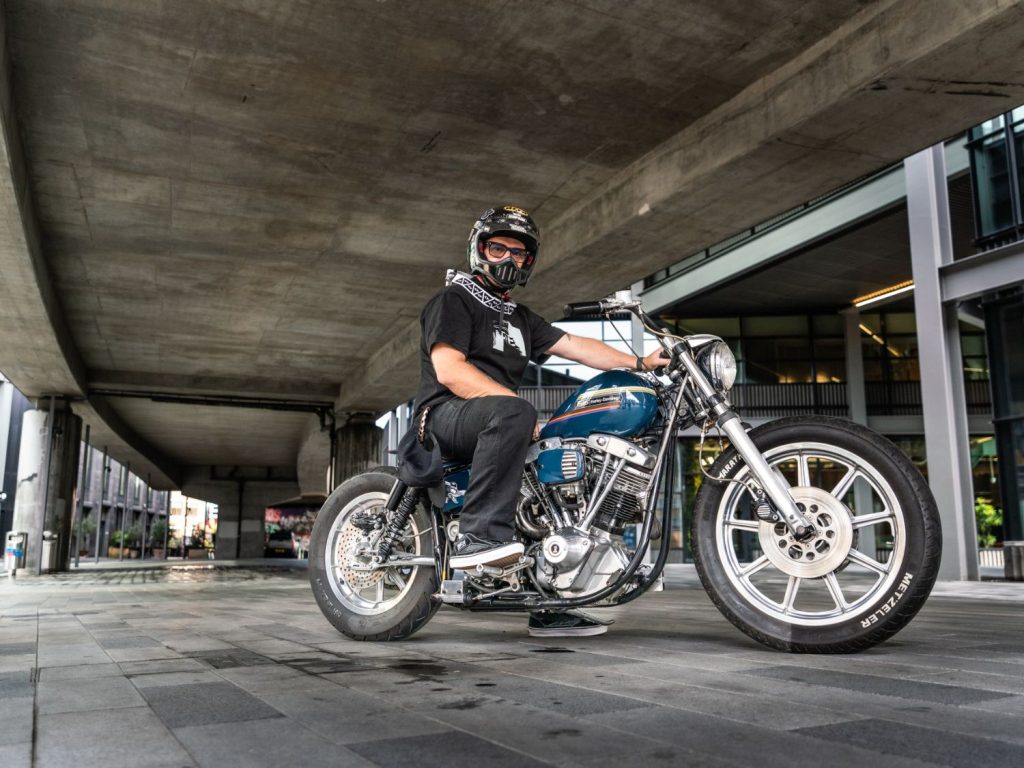
“The bike arrived in the UK on a Friday and DirtQuake was on the Saturday, so apart from a quick ride down the road to the roundabout and back, DirtQuake was the first time I’d ridden it,” says Adam. “It was totally inappropriate for dirt track racing, which is exactly the point – huge, heavy and unwieldy, with a skinny 21-inch front wheel and a massive back wheel, and engine cases that hit the dirt as soon as you
lean it over. I was racing with my daughter Marnie on her vintage Jawa flat tracker, so we raced in matching gold glitter disco ball outfits made by our textile designer friend Cath. She also made me a fluorescent bright pink suit called ‘The Brink Panther’, with a racing number on the back for racing the WL in the Vintage class. That was really fun, especially beating Guy Martin in the race – although he did have the longest stretched forks on any chopper I’ve ever seen, on or off the dirt track.”
For more serious flat track applications, Adam also has a focused dirt track weapon in the form of a custom-built Street 750XG, originally built and raced by Noise Cycles’ Scott as part of his H-D factory sponsored racing team.
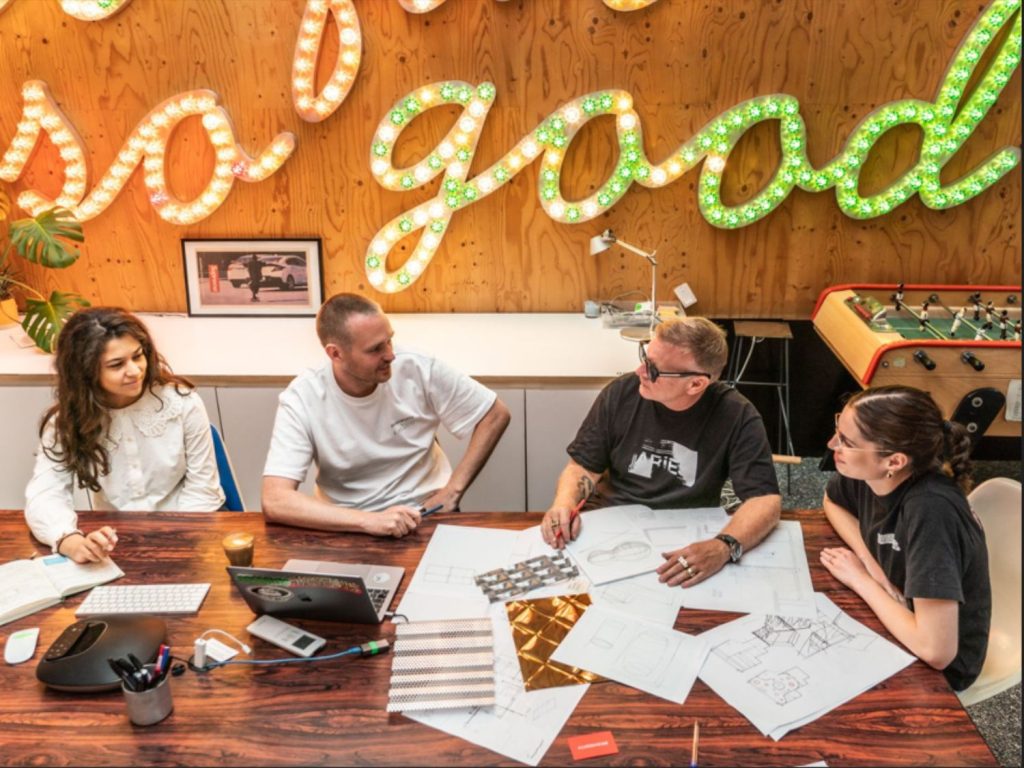
Despite the craftsmanship invested into the builds, none of Adam’s bikes live pampered lives; as well as being regularly thrashed and abused on the UK’s flat track circuits, each one is also a potential daily rider for the journey from Adam’s home to his workshop and studio.
“Sometimes it takes longer to start the bike and warm it up than it takes to get to the studio,” laughs Adam. “But the point is, I often find it quite hard to switch off between work life and home, and riding a vintage Harley makes you feel like there is a definite break between one life and another.
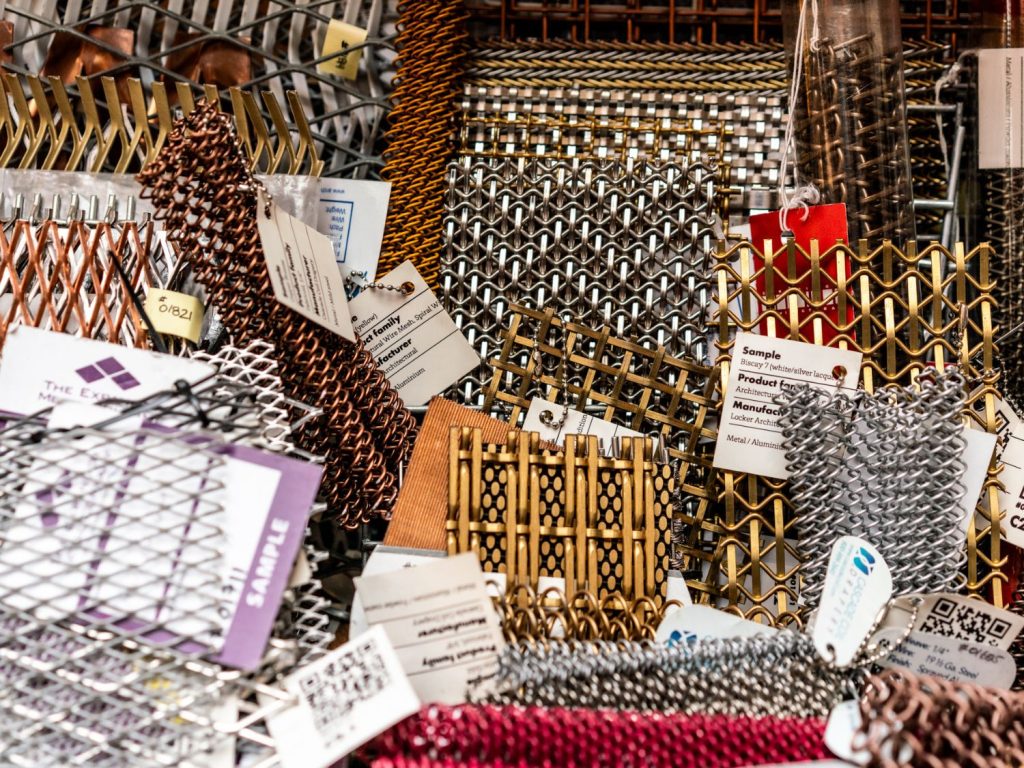
“The aesthetics of vintage Harley-Davidson motorcycles absolutely does inform and influence my design work both visually and functionally. Motorcycles and my work are also inextricably linked because I’m interested in the whole principle of ‘form follows function’ – I’m interested in material functionality, the proportion and performance of something, no matter what it is, whether it is minimalist like the WLC or completely over the top like the Pangea Speed bike.
“The aesthetics of vintage Harley-Davidson motorcycles absolutely does inform and influence my design work”
“Bikes are functional devices, but they also use materials in their design so eloquently – I could sit and look at the WLC all day and notice new things like the designs of the aluminium cooling fins, the way they are spaced and the radiuses they used to make them. There are so many times I’ve taken design cues from bikes and repurposed them into the designs we are doing at Brinkworth.”
Tags:
Read more tales from the Harley Owners Group!
Croatian Sunshine
The 31st European H.O.G. Rally returned to celebrate under blue skies in Medulin from 12-15 June 2025
In the pink
Creative imaginations were let loose on a spectrum of Harley models, with the top entries showcased along the marina
